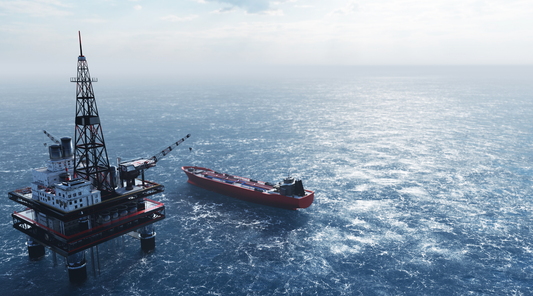Your cart is empty
The groundbreaking new Personal Locator Beacon (PLB) from Ocean Signal has hit our shelves and signals a big step forward in the world of ocean rescue and the way PLBs work.
The Ocean Signal rescueME PLB3 is the latest in Ocean Signal’s lineup of PLBs and comes packed full of advanced features that maximise the chances of a successful rescue in an at-sea emergency.
Three key features include:
- Automated Identification System (AIS) – currently used on ships to determine another vessel’s position, course, speed, and most importantly, its identity. AIS is a world-first feature to be included in a PLB, making the new PLB3 particularly unique.
- Return Link Service (RLS) – when someone in distress sends their emergency alert, they will receive a notification (flashing blue light) that their alert has been received by Cospas-Sarsat system and forwarded to government authorities for action.
- Near Field Communication (NFC) – another world-first, NFC in the PLB3 allows device carriers to connect to their smartphones or other people’s, as long as they are within range because NFC is only suitable over short distances.
How Does an Ocean Signal Rescue Work?
In the event of a life-or-death situation, a device like the Ocean Signal rescueME PLB3 is your best chance of survival, and operating it and triggering an emergency alert has been designed to be as easy and stress-free as possible.
To get the emergency response mission underway, the user must simply slide the red lock marked “Slide To Unlock” and press the SOS button underneath. The antenna will deploy, a light will flash, and a signal will be sent to orbiting Rescue Alert Satellites.
The rescue satellites will then ping a signal to the nearest Rescue Centre where a team of responders will coordinate an appropriate rescue operation e.g. determining whether they need to deploy a helicopter, or whether they can carry out the rescue by boat. Meanwhile a signal will be passed to orbiting Global Navigation Satellite Systems (GNSS) that will confirm to the PLB holder that their SOS has been received.
From there, the device carrier must wait for their rescue team to come to their help. However, the PLB3 will ping its own location to the rescue team on a regular basis for up to 24 hours so that they know where to head to, even if the individual in distress moves.
Animated Diagram of Ocean Signal Emergency Alert Process
As always, our team of experts is here to help. So, if you need any advice about the Ocean Signal rescueME PLB3 or other PLB devices, contact us via:
- Email: info@gtc.co.uk
- Phone: 0800 112 3919




